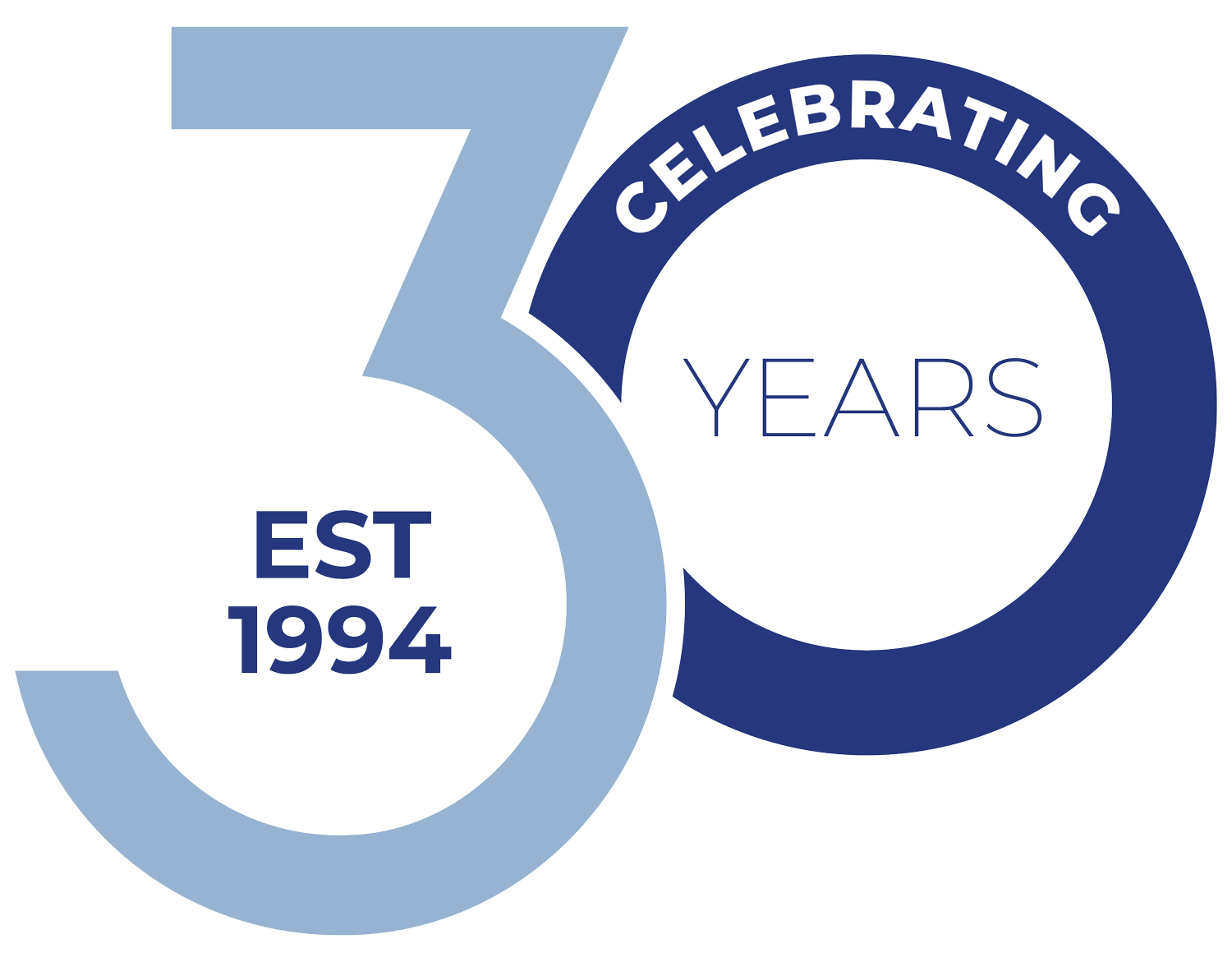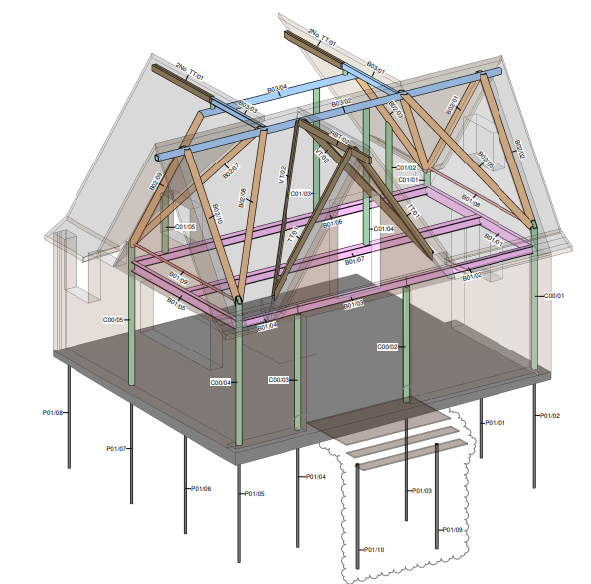Training the Next Generation – What’s The Plan?
Training the next generation of professionals whether in engineering, architecture, or construction is about more than completing a checklist or ticking off competencies.
In high-stakes industries like ours, success isn’t just about what you know it’s about how you apply that knowledge under real-world conditions. That’s especially true for structural engineers, where the consequences of poor judgement can be expensive, dangerous, or both.
It’s Not Just About Skills, It’s About Environment
Young engineers don’t just need tutorials and task lists.
They need to be immersed in an environment where they can see real decisions being made, understand the trade-offs involved, and learn how theoretical ideals play out on active sites.
This kind of learning doesn’t happen through check-ins or Teams calls.
It happens in the flow of the work through shared sketches, overheard conversations, and collaborative problem-solving
Running structural analysis software is important.alongside experienced professionals.
Engineering Isn’t Just Technical. It’s Situational
But so is knowing:
- When a design is over- or under-engineered
- How to balance safety, cost, and programme
- When (and how) to push back on unrealistic proposals
- How to clearly explain structural risks to architects or clients
These aren’t things you learn in isolation.
They’re picked up by being in the room, listening, asking, and absorbing.
Why It Matters More Than Ever
Today’s engineers face increasing complexity climate pressures, legacy buildings, tighter budgets, faster programmes.
To prepare them properly, we need to create learning environments that are active, informal, and embedded in the work not siloed away in training manuals or periodic reviews.
We don’t just want engineers who are qualified.
We want them to be confident, competent, and trusted.
Finding the Balance: Office vs Remote Work
We believe in flexibility but not at the expense of development.
That’s why we work three days in the office and an optional two from home. It gives our team the best of both worlds
- focused time for deep work, and
- in-person collaboration that’s essential for learning.
The informal moments questions asked across the desk, solutions sketched on the spot just don’t happen the same way on Teams.
For junior engineers especially, this balance matters.
It ensures they’re surrounded by experience while still enjoying autonomy and flexibility.
How are you developing your junior engineers? Do you work hybrid? What have you found that works for you and your teams?
Let me know in the comments.


